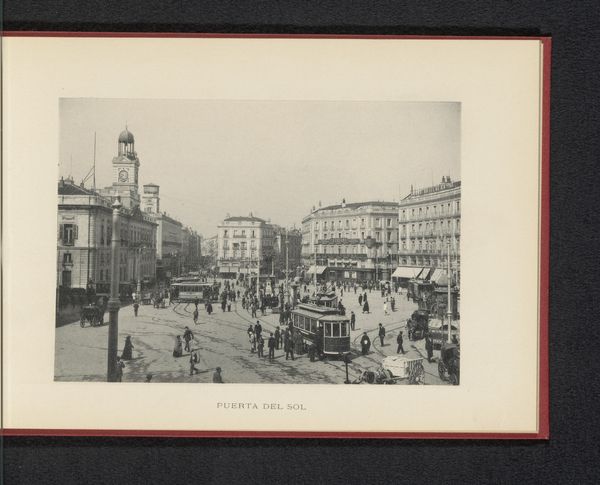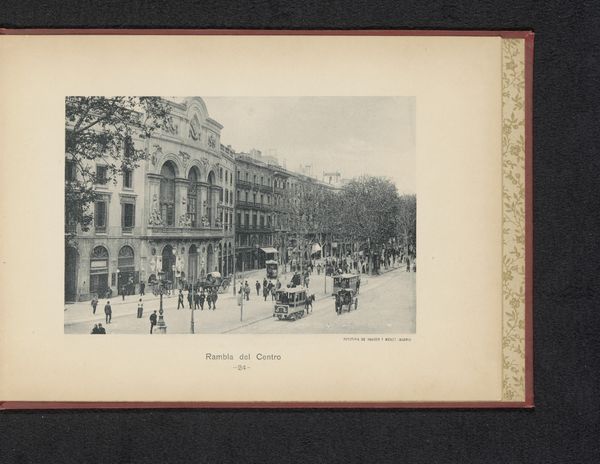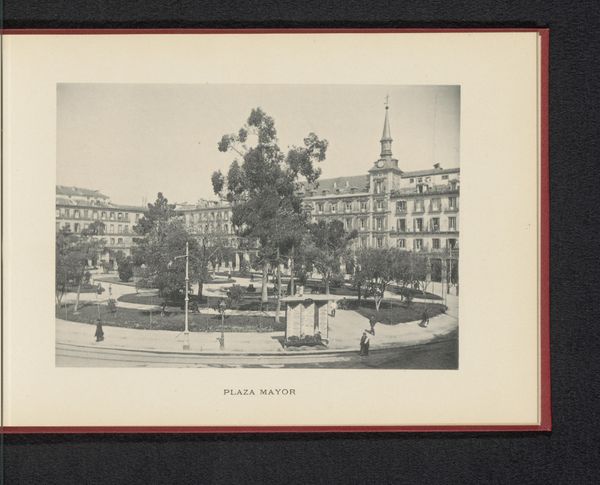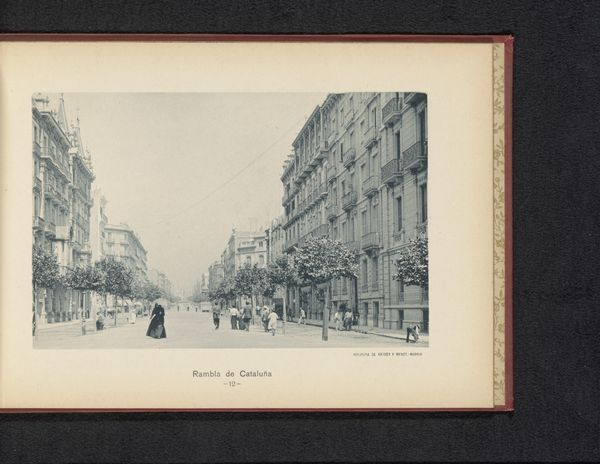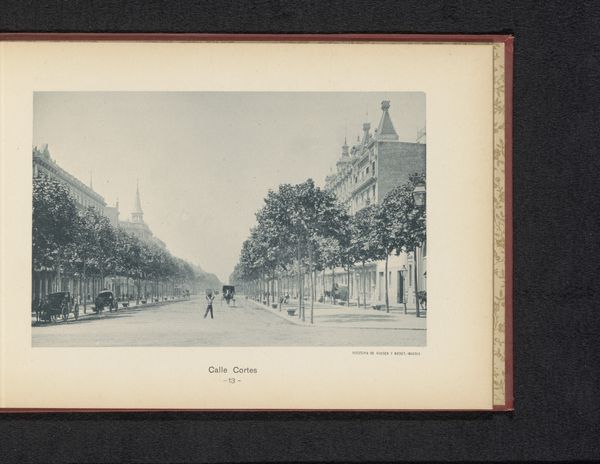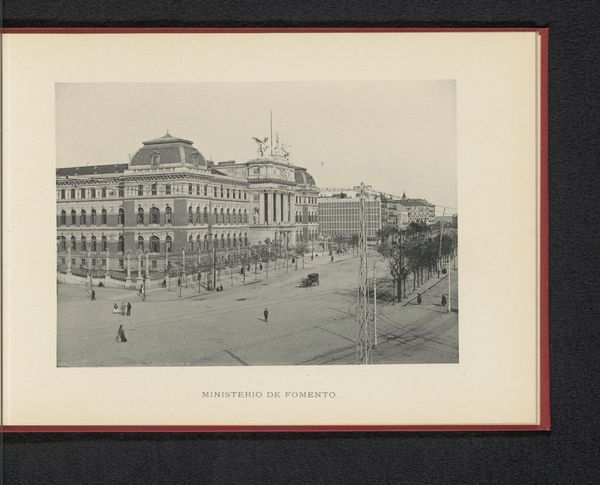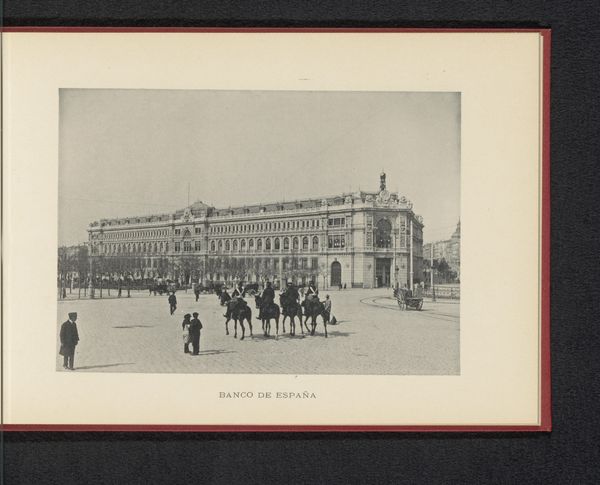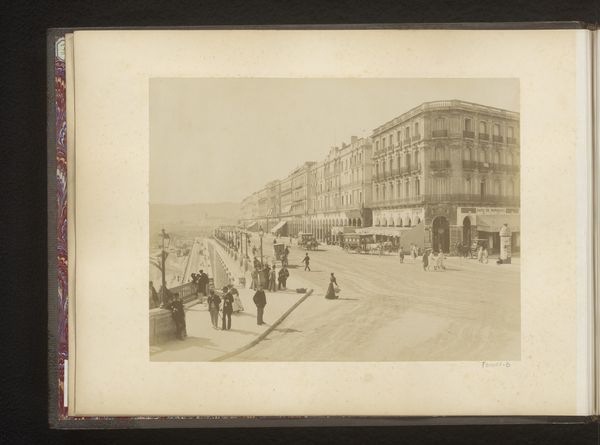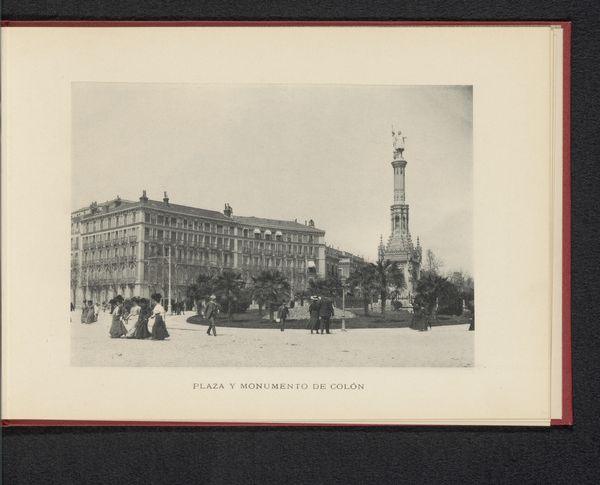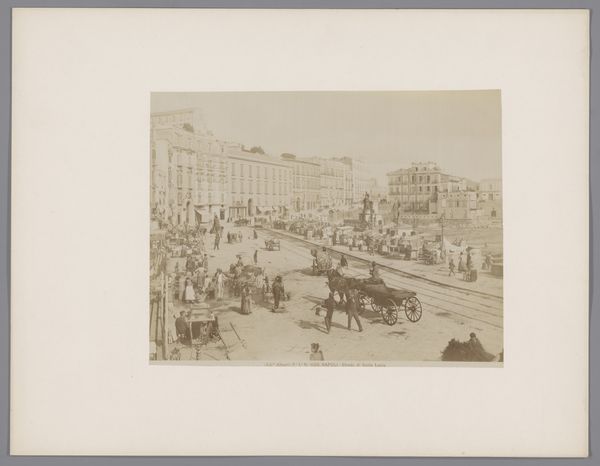
Gezicht op het Puerta del Sol in Madrid met rechts het Real Casa de Correos c. 1880 - 1890
0:00
0:00
juanlaurent
Rijksmuseum
print, photography, albumen-print
#
portrait
# print
#
street-photography
#
photography
#
cityscape
#
albumen-print
Dimensions: height 103 mm, width 148 mm
Copyright: Rijks Museum: Open Domain
Editor: This albumen print, dating from around 1880-1890, is by Juan Laurent and shows the Puerta del Sol in Madrid. The bustling energy captured is striking, almost chaotic, but the Real Casa de Correos stands stoically on the right. What historical context shapes how we should interpret this view? Curator: The image is incredibly evocative, isn’t it? Looking at this, consider what photography meant at this time. It was gaining traction as a tool for documentation but was also starting to be viewed as art. Here, Laurent is not just capturing a scene; he's framing a narrative about Madrid. Editor: A narrative? What story is it trying to tell? Curator: Think about the rise of urban centers in the late 19th century. Cities became symbols of modernity and progress. This photograph is part of a larger visual project which put Madrid on display, inviting investment and tourism while simultaneously constructing an identity. Editor: So, the "real" Madrid, beyond postcard perfection? Was there an intended audience? Curator: Precisely. The photograph offered access – a taste of “reality”. Primarily viewed in albums, displayed in homes of upper class or as tourist keepsakes. However, such images often omit the less glamorous realities of city life - poverty, and marginalization. Where are those stories? Editor: That makes me think differently about what I see now. Thanks, I hadn’t considered that the "objective" eye of the camera can be carefully shaped and marketed to a specific social class. Curator: Exactly. Consider that the very act of photographing something elevates its importance. How is the history of photography interwoven with shaping collective memory? These are essential questions to ask as you keep exploring art.
Comments
No comments
Be the first to comment and join the conversation on the ultimate creative platform.
